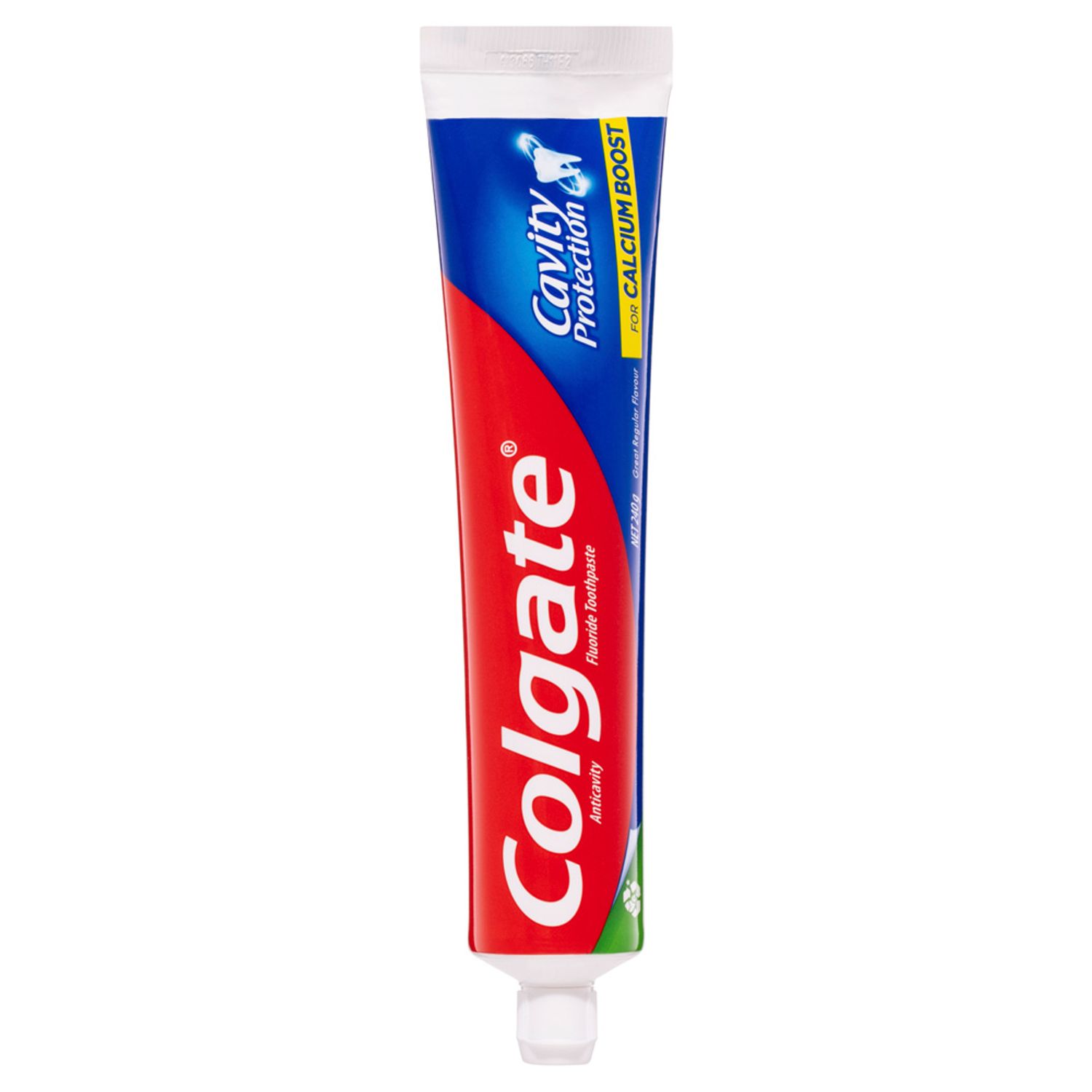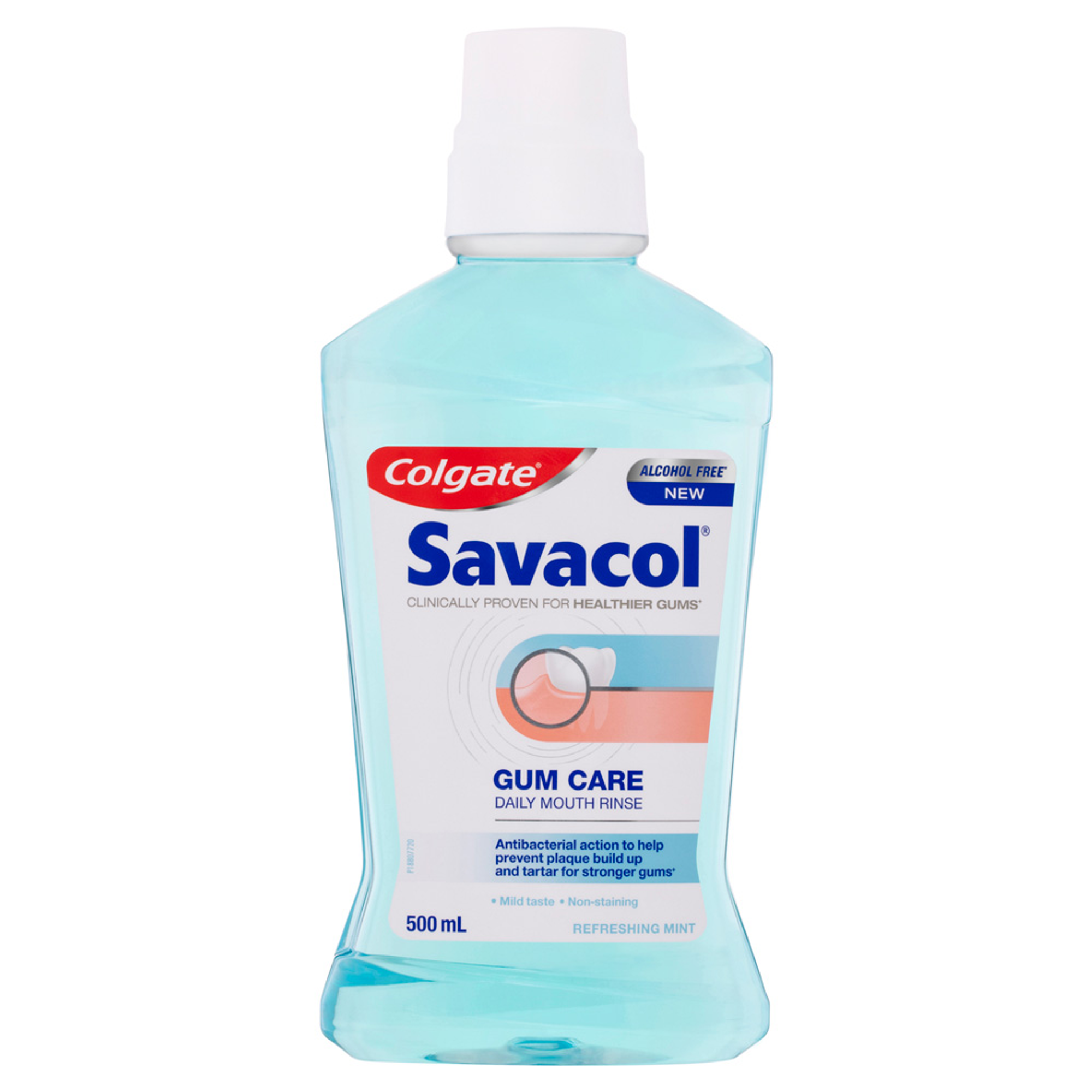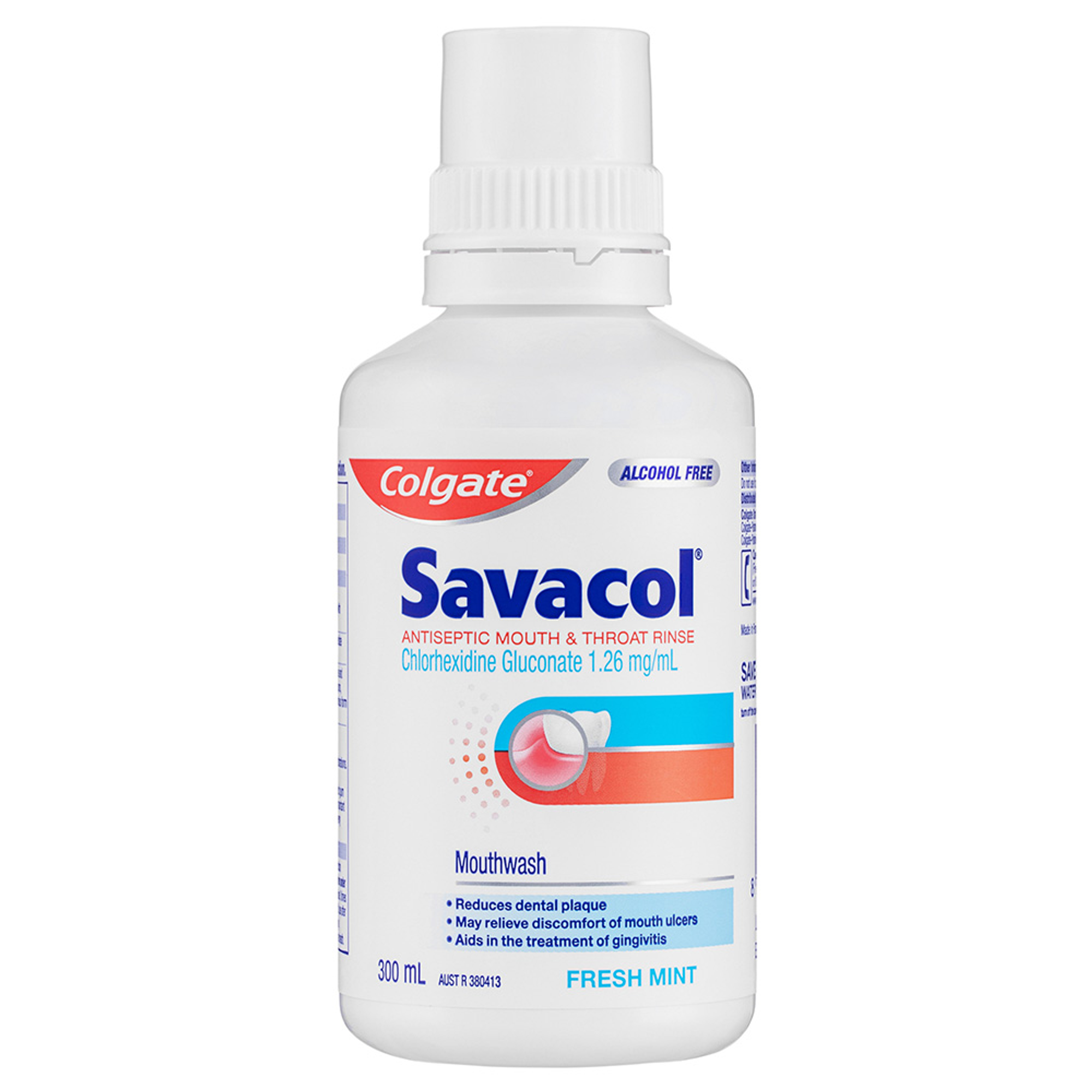Deciding on the Right TMJ Treatment
Temporomandibular dysfunction (TMD) includes a wide range of disorders that often overlap. They include:
- Muscle problems that affect jaw movement
- Pain in the face around the jaw joint
- Problems within the joint itself
This variety makes diagnosis and TMD treatment challenging. An accurate diagnosis is critical for successful treatment. For instance, patients with a muscle problem that is causing pain will most likely not benefit from surgery on the temporomandibular joint (TMJ). Ask about your dentist's experience in diagnosing and treating TMD and facial pain.
Most problems, whether muscular or within the joint, get better over time. For this reason, most experts agree that it's best to use conservative treatment at first. But in some instances, surgery or other procedures, such as injections, may be recommended as a first treatment.
Most people with TMD have temporary symptoms that are not serious and do not get worse. They usually get better with simple treatments done at home. Sometimes symptoms go away without any treatment at all. They also can come back without warning.
If you have TMD, your dentist may suggest the treatments listed below. Most dentists agree that these treatments work best in combination. You may not get relief using only one.
Soft Foods
If you eat food that doesn't require a lot of chewing, your jaw gets a chance to rest and heal. This means you shouldn't eat food that is:
- Thick or large, requiring you to open your mouth wide
- Chewy, like a caramel apple
- Hard or crunchy, like a hard roll, pretzel or raw carrot
When possible, cut food into very small pieces so it's easier to chew. The best food to eat, however, is soft and requires little or no chewing. Examples include:
- Yoghurt
- Mashed potatoes
- Cottage cheese
- Soup
- Scrambled eggs
- Fruit smoothies
- Cooked vegetables or fruits
- Fish
- Grains
- Beans
Some people's symptoms go away after about two or three weeks on a soft-food diet. Other people need to stick to this diet for a longer time.
Ice packs, exercise and moist heat
Some people find that a routine of moist heat, exercise and ice helps TMD symptoms. Start by applying moist heat to the side of your face and temple. This relaxes tight muscles that may be causing spasms. Try to do this for about 10 minutes. Then do a few simple stretching exercises, like this one:
- Put your left thumb under your upper front teeth.
- Put your right index and middle fingers on top of your lower front teeth.
- Gently pull the jaw apart using your hands, not your jaw muscles.
Your dentist may recommend other exercises, too. End the routine by applying ice to the side of your face for about five minutes. Try doing this several times a day. Physical therapy often plays an important role in treating patients with TMD. Your dentist may decide to refer you to a physical therapist.
Medicine
This can include:
- Nonsteroidal anti-inflammatory drugs (NSAIDs). These help relieve muscle pain and swelling. Most can be bought over the counter at pharmacies and supermarkets.
- Muscle relaxants help loosen tight jaw muscles. These can be useful to people who grind or clench their teeth. You will need a prescription.
- Antianxiety medicines help relieve the stress that is sometimes thought to make TMD worse. These medicines are often used for a short time. They are available only with a prescription.
Splints
Splints are designed to fit over the teeth. They prevent the upper and lower teeth from coming together. This makes it difficult for you to grind or clench your teeth. These devices take pressure off the jaw joints and muscles so they can relax and heal. If your dentist thinks a splint would help you, he or she will determine when you should wear it (during the day or at night) and for how long. If a splint causes or increases your pain, stop using it and contact your dentist.
None of these treatments is a cure, but they may relieve the symptoms of TMD. If symptoms continue or return, be sure to see your dentist.
Tips for Relief
Here are some more suggestions that may help relieve your TMD pain or discomfort:
- Yawn and chew (especially gum or ice) as little as possible.
- Avoid extreme jaw movements, such as yelling or singing.
- When you need to yawn, place a fist under your chin and press up. This can keep your mouth from opening too wide.
- Try to remember to keep your teeth slightly apart as often as you can. Keep in mind that it is natural for your jaw to open a little if your lips are closed.
- Sleep on your back, not on your stomach.
- Don't rest your chin on your hand or hold the telephone between your shoulder and ear.
- Try to reduce stress.
Other Treatment Choices
There are many different types of treatments for TMD. If your TMD is not better after trying the basic treatments listed above, your dentist may suggest one or more of the following:
Transcutaneous electrical nerve stimulation (TENS)
This therapy uses low-level electrical currents to relax the jaw joint and facial muscles. For some people, this relieves pain. This treatment can be done at the dentist's clinic or at home.
Ultrasound
Ultrasound treatment uses deep vibrations or waves that are usually applied to the joint if it's sore or doesn't move. It is often used along with physical therapy.
Trigger-point injections
For this therapy, a dentist injects pain medicine or an anaesthetic into tender facial muscles to relieve pain. While the pain medicine is working, you should stretch your jaw muscles with simple exercises.
Acupuncture
For some people with TMD, acupuncture can be helpful.
Surgery
Surgery is usually considered only if you have tried all other treatment options and still have persistent pain and functional problems such as limited opening of the jaw. Your dentist and oral surgeon also must have determined that your TMD is caused by a structural problem within the jaw joint. For instance, you may have limited jaw movement because of displacement of the disk that sits in the jaw joint.
In some instances, surgery is the first option. Patients who have severe degenerative disease may not respond to more conservative measures.
Before having any surgery, be sure to get a second opinion from another surgeon. Remember, surgery can't be reversed. It has been successful in most cases, but it sometimes results in more pain and jaw damage. Be sure your surgeon clearly explains why you should have surgery, the risks and benefits, and other treatment options. You should have a clear understanding about what you can expect from surgery. Also, ask about your surgeon's experience with this type of surgery.
The temporomandibular joint (TMJ) is a small ball-and-socket joint. It consists of the following parts:
- The ball, called the condyle, which is the top part of the jaw bone
- The socket, called the glenoid fossa
- A small, fibrous disk that sits between the condyle and the glenoid fossa
There are two main types of surgery for TMD: arthroscopy and open joint surgery.
Arthroscopy
Like many types of surgery, arthroscopy usually requires general anaesthesia. While the patient is unconscious, the surgeon makes a very small incision in front of the ear. A small, thin instrument equipped with a lens and light is inserted. The instrument is connected to a video screen and monitor. This allows the surgeon to examine the TMJ and surrounding area. Depending on the cause of the TMD, the surgeon may remove tissue or adjust the disk or the condyle.
Open joint surgery
There are many types of open joint surgeries. In all of them, the surgeon operates on the TMJ without the use of special equipment like video monitors. Instead, an incision is made just in front of the ear and the joint is operated on under direct vision. Your oral surgeon may suggest this type of surgery if:
- Your problem cannot be corrected with arthroscopy
- Your TMJ is degenerating
- You have tumours in or around your TMJ
It takes longer to heal from this type of surgery than it does from arthroscopy. Although there is a chance of scarring, the incision usually heals very well and is difficult to notice. Your surgeon will discuss other risks of surgery.
A very small percentage of patients require total joint replacement to correct the underlying problem.
This article is intended to promote understanding of and knowledge about general oral health topics. It is not intended to be a substitute for professional advice, diagnosis or treatment. Always seek the advice of your dentist or other qualified healthcare provider with any questions you may have regarding a medical condition or treatment.














